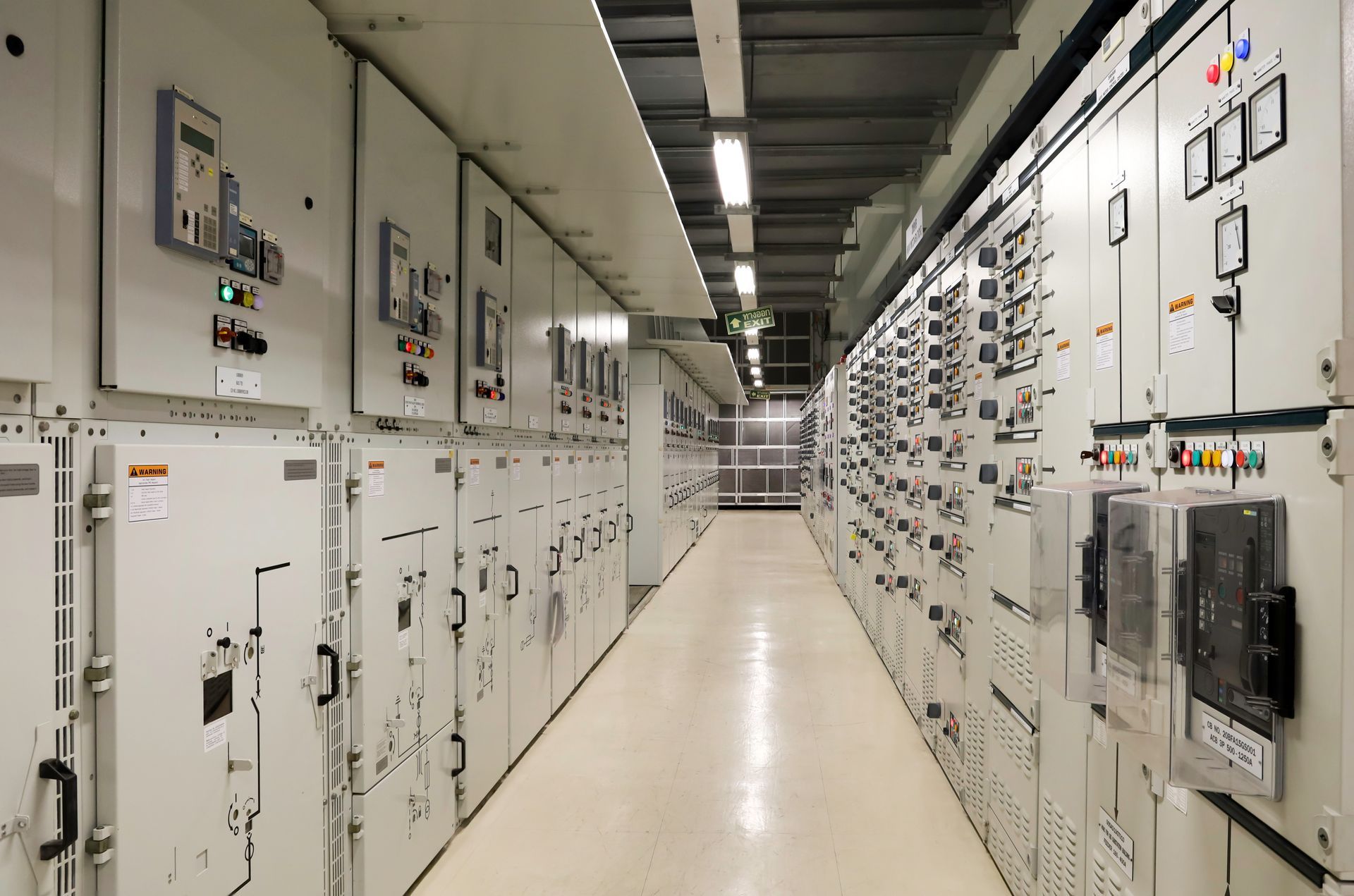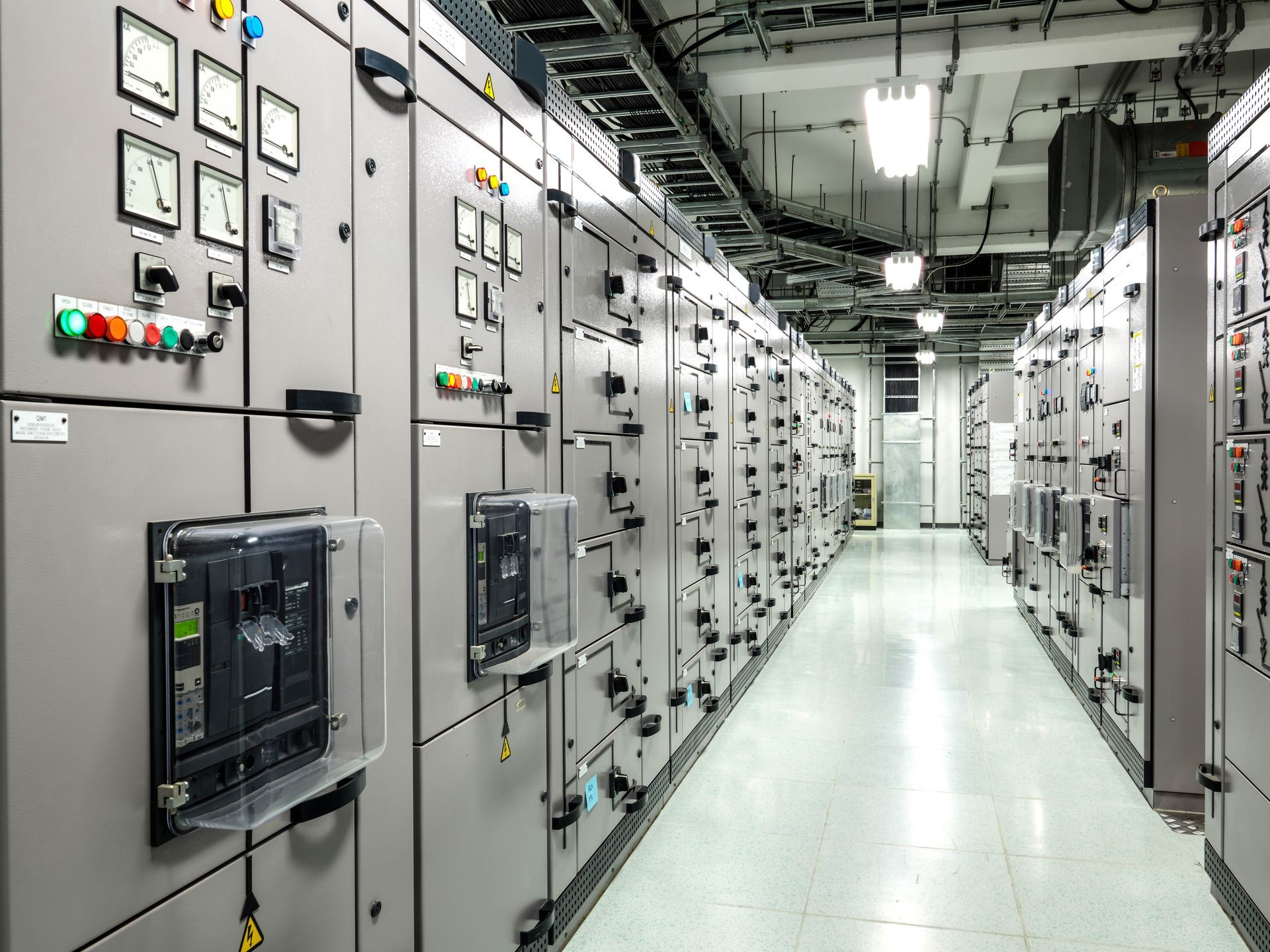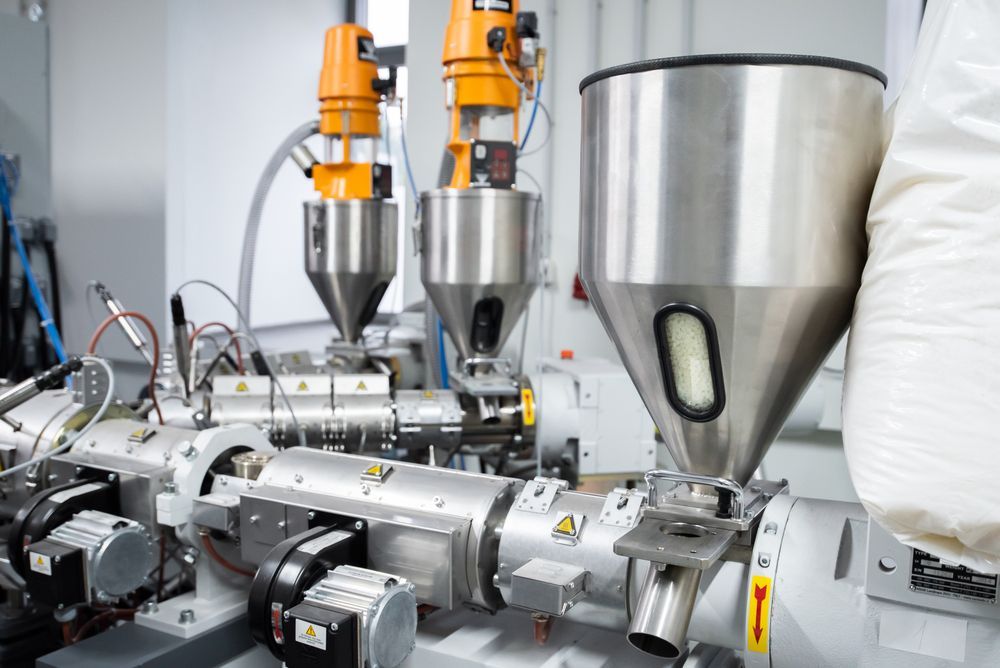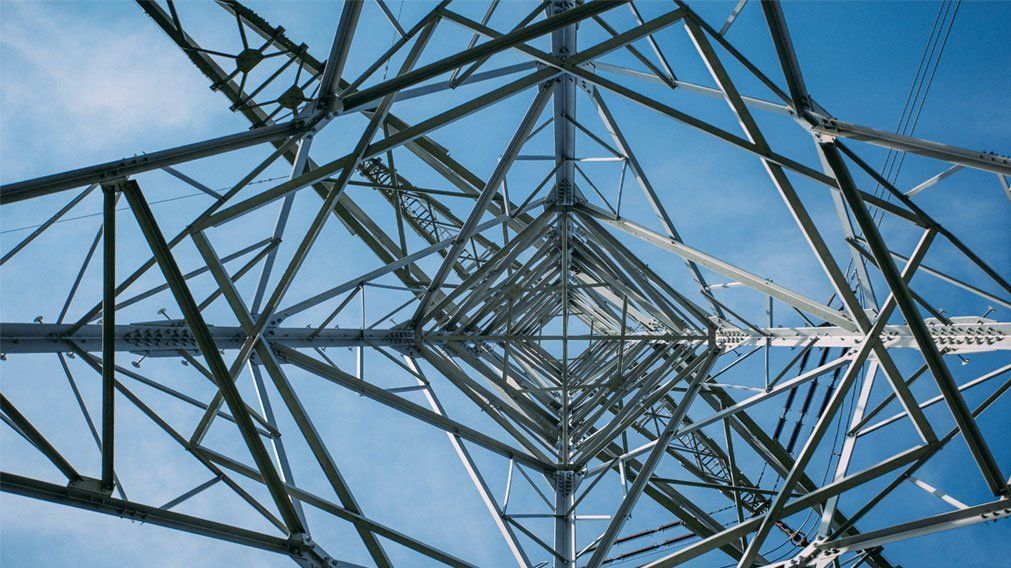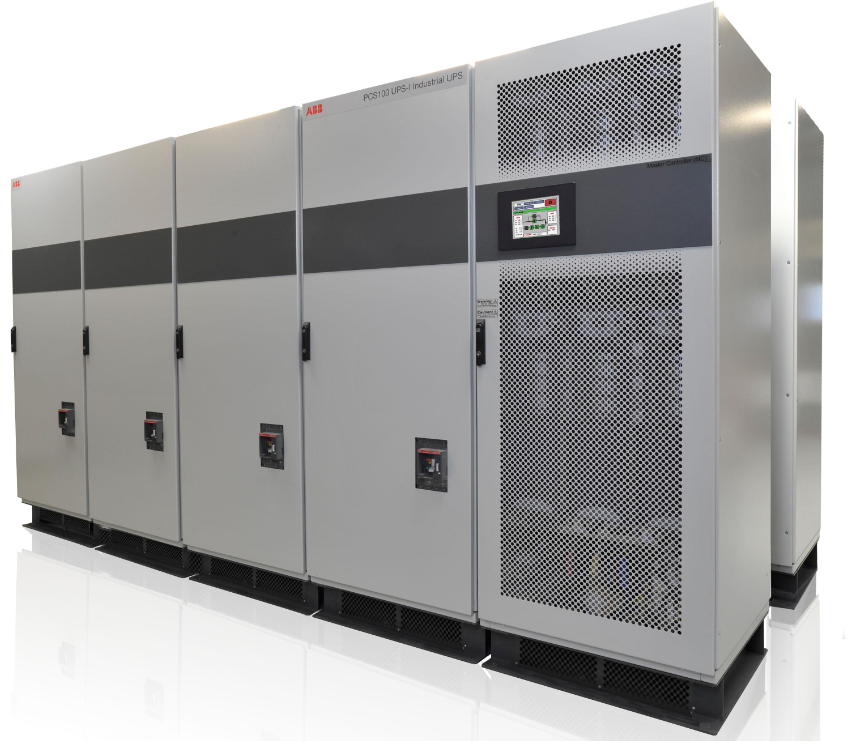AVC vs AVR: Active Voltage Correction vs. Active Voltage Regulation
Share this article:
Power outages and power sags across the United States frequently occur due to outdated power grids and weather related events. These power events are costing businesses and consumers billions of dollars. Some
American power lines date back to the 1880s, and the ever-increasing demands for power are pushing capacity to the limit with no signs of slowing down.
You might think there is little you can do to combat process downtime, power outages, sags, spikes and surges; however, you can protect your facility’s supply. Consider the differences between Active Voltage Correction vs. Active Voltage Regulators.

What is Active Voltage Correction (AVC)?
An Active Voltage Conditioner (AVC) is an inverter-based system that protects sensitive industrial and commercial loads from voltage disturbances. It provides fast, accurate
voltage sag correction plus continuous voltage regulation and load voltage compensation. The AVC is a flexible device that can be used in multiple applications. It has an operating efficiency exceeding 98% and provides extremely fast response to three-phase sags down to 50% nominal voltage, and
single-phase sags down to 25% nominal voltage. Standard models are optimized for sag correction, voltage balance, and flicker reduction. This truly will correct most, if not all of your power related issues up until a total outage. Systems can be installed at the Electrical Service of a Facility, or at the Point-of-Use equipment needing the protection.
What is an Active Voltage Regulator (AVR)?
In the context of protecting industrial or manufacturing equipment the (AVR) or Active Voltage Regulation option is the most inexpensive to correct simple line voltage. The AVR provides consistent nominal output voltage based on a limited input voltage window. It does not provide the wide swing correction an AVC system will in the event of a major sag, surge, or power anomaly. The size and technology choice for a customer specific option will depend on the voltage window they are trying to correct. Many times a voltage regulator along with a transformer to isolate incoming anomalies is chosen. In smaller applications a ferroresonant transformer based system can provide voltage regulation with battery storage backup. Such as the traditional Ferrups UPS System from Eaton for manufacturing or process control environments. The larger Medium Voltage AVC is an ideal solution for complete facility protection. Its standard outdoor enclosure saves valuable indoor floor space. While the low voltage units can be applied to a process line or a specific critical load. Outdoor or enclosed models may be provided per site requirements.
The Case for AVC Active Voltage Correction vs AVR Active Voltage Regulation
Best used for large power conditioning in harsh electrical environments, AVC and AVR are similar in function, but have major differences in performance.
If you regularly experience voltage fluctuations such as
sags, power swells, spikes, transients, or
electrical noise , (AVC) Active Voltage Correction can truly make a difference in protecting sensitive loads by delivering pure and clean power. It is going to be a garbage eater for bad voltage up until an actual outage. Many consider a flicker of lights, or quick off/on in power to be an outage. 90% of short-term electrical events affecting facilities are sags , and many of those sags in a single phase of power. An AVC can correct most all of those issues by boosting the line voltage of the lagging phase up to an operative level. This pays off big in manufacturing, and process environments that work stoppage can get expensive.
Conversely, a
voltage regulator (AVR) protects equipment against surges or small drop offs in power, but will not correct major swings, sags, or variations in power.
Why Not an Industrial UPS?
Active Voltage Correction is different than sizing a UPS for a data center load. The sizing and tolerance of an Industrial UPS System vs. sizing a Voltage Correction device is different. Both require an analysis of the load center and the incoming power to determine the best choice.
The traditional IGBT or transformer based UPS used in a data center application is used to support loads that are constant and have little effect on the output sine wave of the UPS. It is not built for those loads disrupting the output sine wave of the UPS such in a manufacturing environment. There are a few options available for battery runtime and a AVC to accommodate those who seek out an Industrial UPS System for their manufacturing environment.
Keep Your Power Clean with Voltage Correction
Want to find out more about an
Active Voltage Correction (AVC) or Active Voltage Regulator (AVR) for your facility? Voltage Correction will work with you to understand your needs and keep your business and equipment always safe & running.
Contact Voltage Correction today for a consultation on how we can help you protect your equipment and business from damaging voltage fluctuations. Phone 855-240-6776.
Connect with Us:
